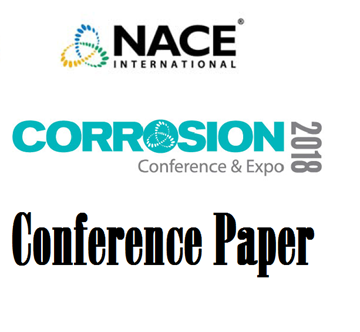Search
Products tagged with 'aging management'
View as
Sort by
Display
per page
51318-11003- Nuclear Power Balance of Plant Corrosion Management Strategic Perspectives
Product Number:
51318-11003-SG
Publication Date:
2018
$20.00
EPRI’S Approach To Longer Term Operations
Product Number:
ED22-17191-SG
Publication Date:
2022
$20.00
Leveraging Risk Insights For Aging Management At Nuclear Power Plants
Product Number:
ED22-17189-SG
Publication Date:
2022
$20.00
Low Voltage Cable Condition Monitoring To Detect Global Degradation And Localization Techniques For Aging Management At Nuclear Power Plants
Product Number:
ED22-17298-SG
Publication Date:
2022
$20.00
U.S. Perspective On Harvesting And Archiving Of Aged Components To Improve Materials Degradation Knowledge And Inform Aging Management
Product Number:
ED22-17113-SG
Publication Date:
2022
$20.00





